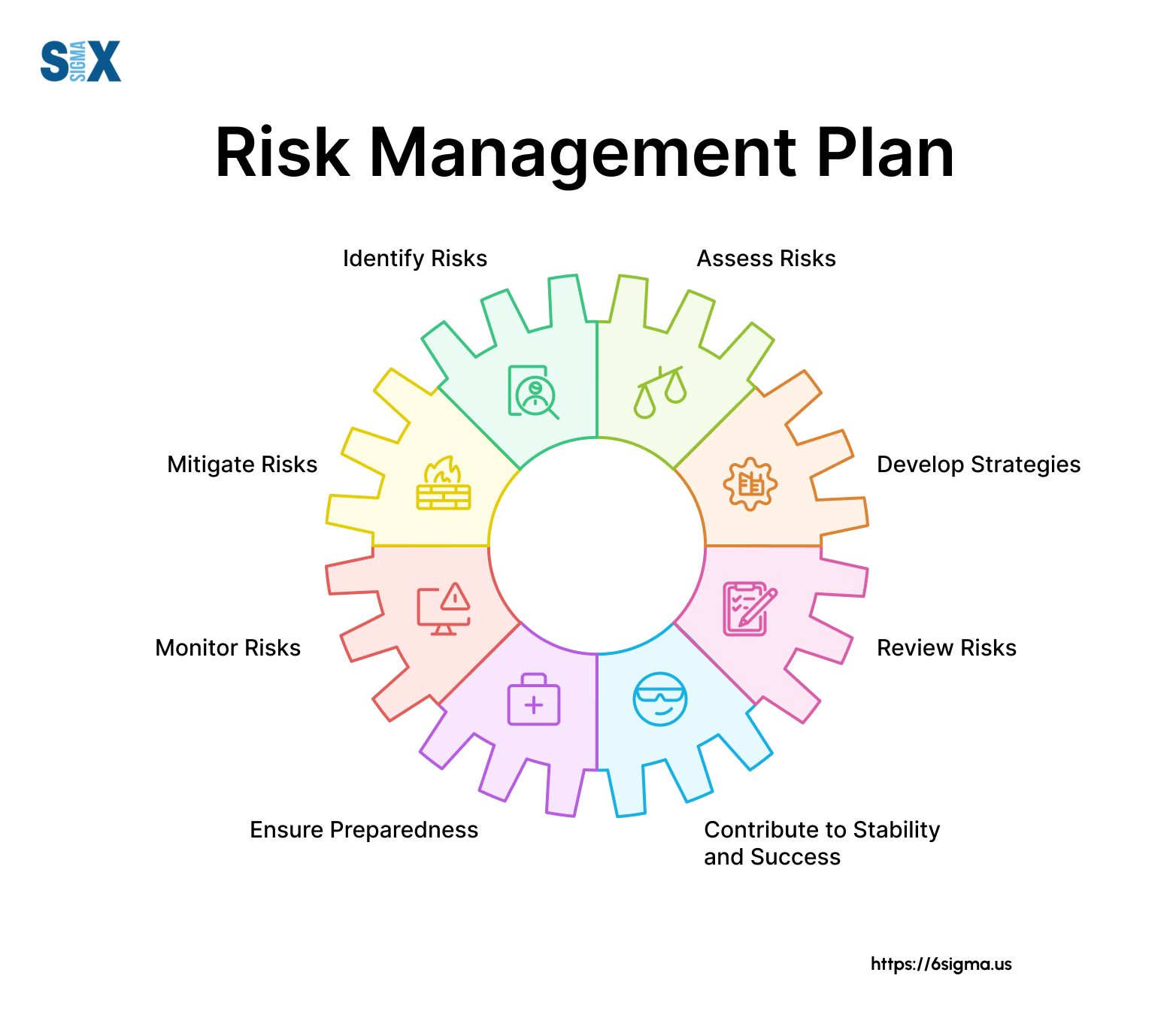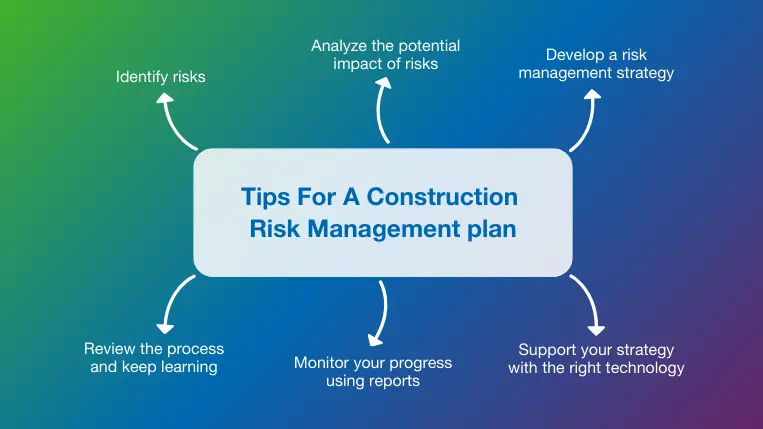Enhancing Business Efficiency Through the Importance of Risk Management
Enhancing Business Efficiency Through the Importance of Risk Management
Blog Article
The Significance of Understanding the Importance of Risk Management in Various Industries

The Core Idea of Risk Management and Its Objective
Risk Management, the keystone of many sectors, pivots on the recognition, evaluation, and mitigation of unpredictabilities in a business setting. By properly determining prospective threats, services can develop strategies to either prevent these dangers from taking place or minimize their effect. As soon as risks have actually been identified and examined, the mitigation process includes devising approaches to decrease their possible influence.
Advantages of Executing Risk Management in Service Procedures

Revealing the Role of Risk Management in Different Industries
While every industry challenges its one-of-a-kind collection of dangers, the execution of Risk Management methods remains a typical denominator in their quest of sustainability and development. In the health care industry, Risk Management requires making certain individual safety and data protection, while in financing, it includes mitigating investment threats and guaranteeing governing conformity. Eventually, the function of Risk Management throughout sectors is to determine, examine, and minimize risks.
Real-life Study Demonstrating Effective Risk Management
To comprehend the value of Risk Management in these many sectors, one can check over here seek to numerous real-life circumstances that show the successful application of these steps. As an example, in the energy sector, British Oil developed Risk mitigation intends post the 2010 Gulf of Mexico oil spill. They applied better safety and security procedures and stricter regulations which substantially decreased more crashes. In financing, Goldman Sachs effectively browsed the 2008 economic dilemma by identifying prospective mortgage-backed protections threats early. Last but not least, Toyota, post the 2011 earthquake in Japan, changed its supply chain Management to reduce disruption dangers. These situations demonstrate how markets, learning from dilemmas, properly applied Risk Management techniques to lower future dangers.
Future Patterns and Growths in Risk Management Techniques
Cybersecurity, as soon as a peripheral worry, has actually catapulted to the leading edge of Risk Management, with techniques concentrating on avoidance, detection, and reaction. The combination of ESG (Environmental, Social, Governance) factors into Risk Management is one more growing pattern, mirroring the boosting acknowledgment of the duty that social and environmental dangers play in business sustainability. Thus, the future of Risk Management exists in the combination of sophisticated innovation, cutting-edge strategies, and an all natural method.
Verdict
In verdict, understanding the relevance of Risk Management across a range of markets is important for their durability and page success. Inevitably, successful Risk Management contributes to more resistant and lasting services, highlighting the relevance of this method in today's dynamic and extremely affordable organization environment.
While every sector confronts its special set of dangers, the implementation of Risk Management approaches remains an usual in their search of sustainability and growth. In the health care industry, Risk Management requires ensuring patient security and data protection, while in finance, it involves mitigating financial investment visite site dangers and ensuring governing compliance. Ultimately, the function of Risk Management across industries is to determine, evaluate, and alleviate risks. These situations show how sectors, discovering from dilemmas, successfully used Risk Management approaches to minimize future threats.

Report this page